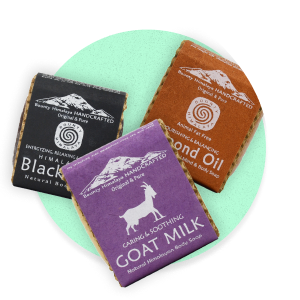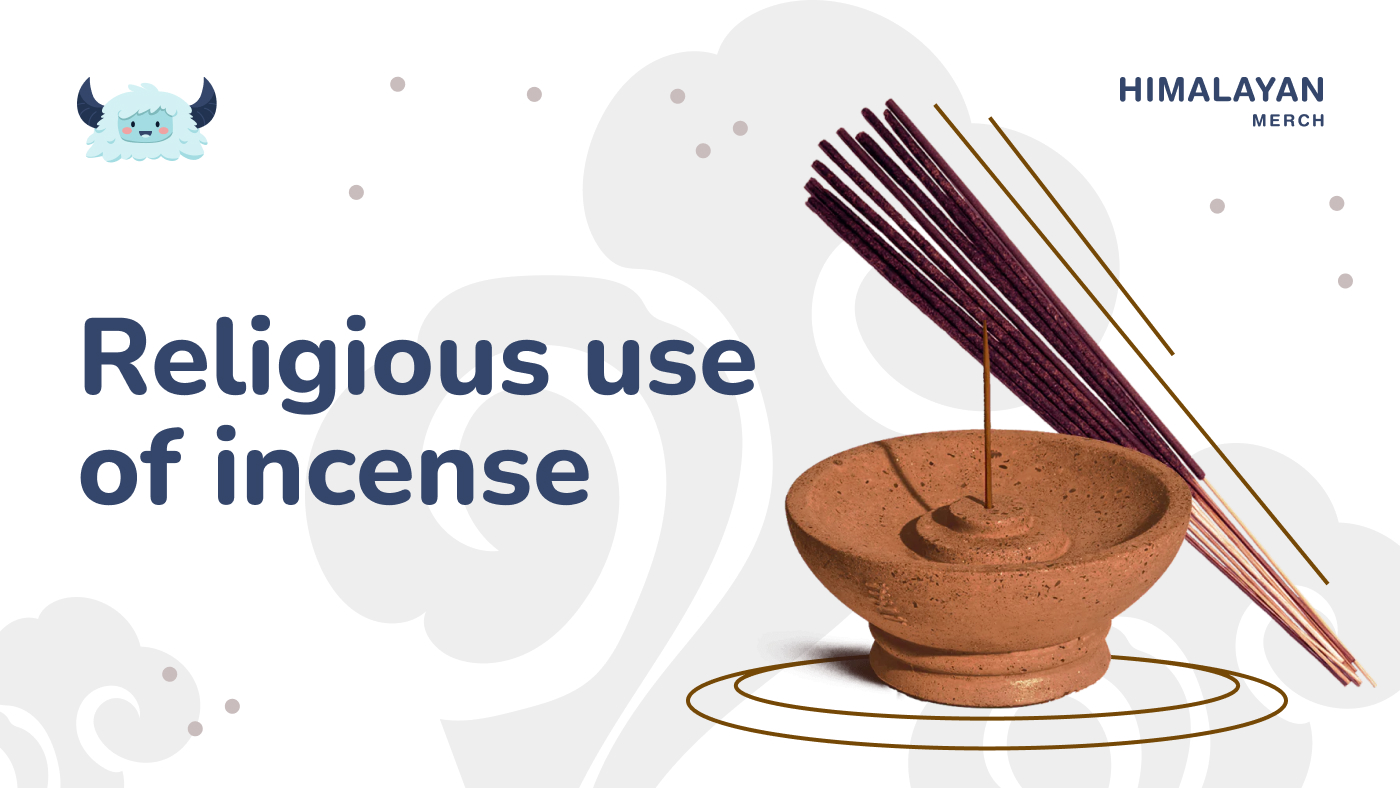Natural Insense
Religious Uses Of Incense
Incense is widely popular in Hindu and Buddhist religions, but also plays a vital part in ancient Judaism, Roman/Catholic churches, and Islamic cultures. Most people are familiar with agarbatti sticks used widely in South Asian regions, especially Nepal and India. They come in sticks, cones, or even powder form. Raw plant material like palo santo or sweetgrass can also be considered incense.
What is incense?
Incense comes in many forms, but to define it simply, it is a plant matter that is burned to release an aromatic fragrance. Over its large history, people have used it for several reasons, like:
- Components of religious practices
- Remove bad odor and kill bacteria
- Repel evil spirit
- Pleasant smell
- Increase concentration while meditating
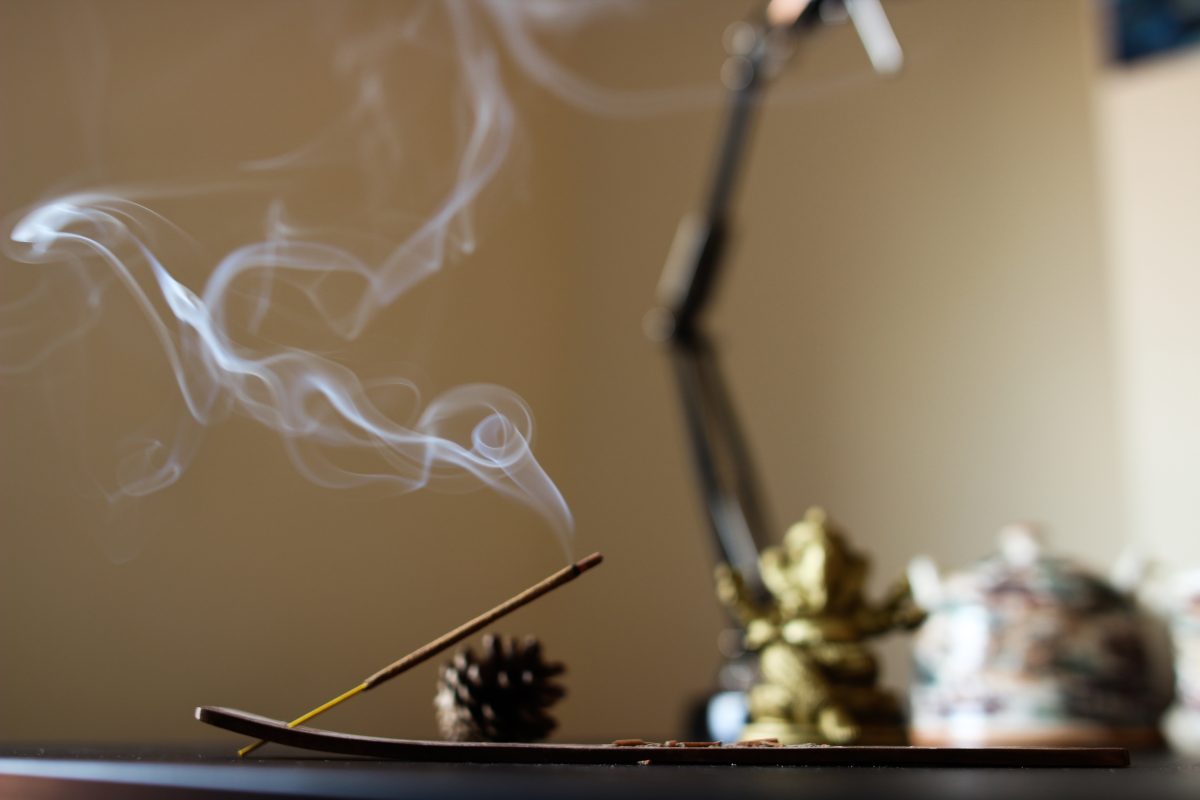
The popular forms of incense are:
- Sticks
- Coils or spirals
- Small cones
- Loose powders
- Raw plant materials; wood ships, leaves
What is incense made of?
It is generally made up of an aromatic material that produces a scent and a combustible material to bind it together in the desired form. The aromatic materials used are typically plant-based and include resins, barks, seeds, roots, and flowers. Although the ingredients may vary by region and manufacturer, some specific aromatic ingredients are cinnamon, frankincense, musk, myrrh, patchouli, sandalwood, etc.
The combustible binding ingredient ignites the incense to burn and produce smoke. Again, the materials vary largely but mostly include charcoal or wood powders.
A brief history:
Incense plays a big role in religious and spiritual rituals all over the world. The word itself comes from the Latin verb ‘incendere’ which means ‘to burn’. It has been around since ancient times in ancient Egypt, Babylon, and Greece. It was used by priests to fumigate tombs and has a long history of being used in ceremonies and rituals during religious and spiritual occasions.
Over time it made its way to Southern and South-Eastern Asia around as early as 3300 BC. It was used alongside worship and prayer, and it is believed that burning incense wards off evil spirits and hence purifies the atmosphere.
What is the significance of incense, religiously and spiritually?
The religious and spiritual use of incense can vary with the occasion it is being used in and the intention.
- Begin a ritual: any religious ritual needs to be done correctly from the very beginning. One way to do that is to burn incense. In many religions, the start of a new project requires remembering the gods and asking for their blessings, especially in Hindusim. Almost in all important events like moving into a new house, birthdays, traveling, buying a new vehicle, and other festivals, burning incense acts as a good start alongside lighting candles and worshipping gods.
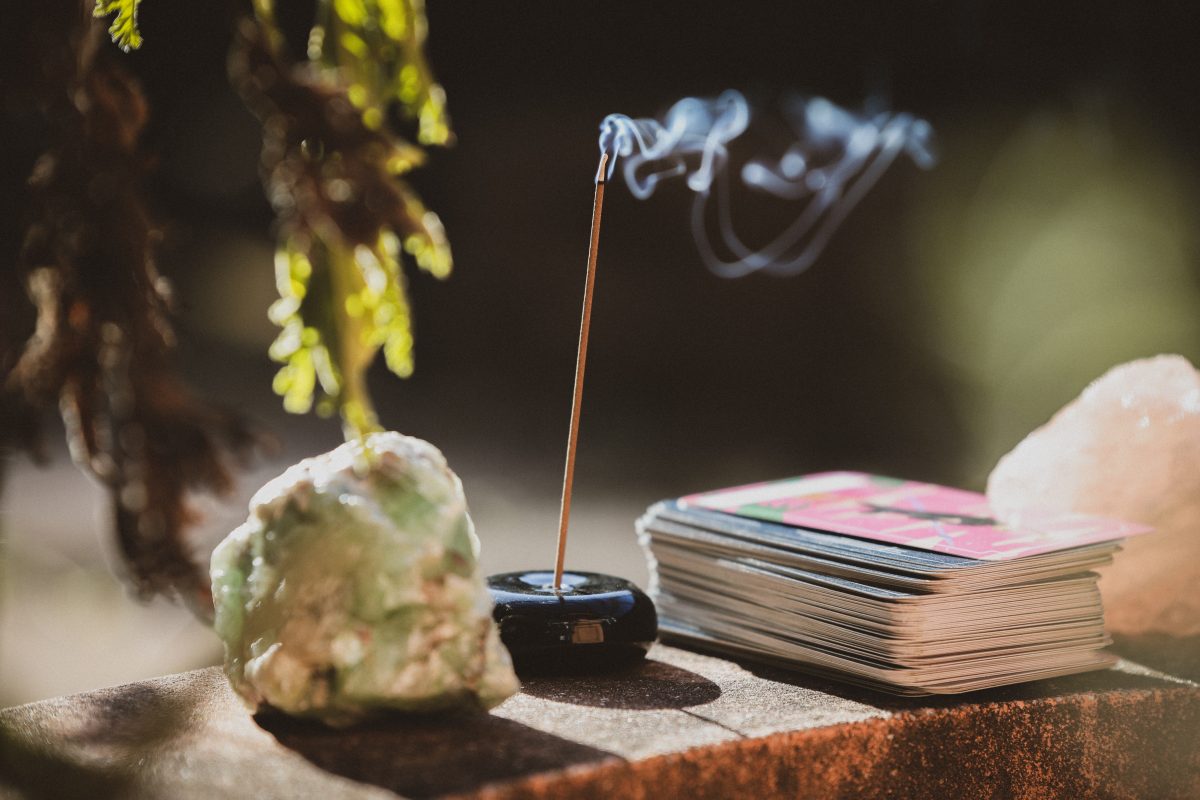
- Incorporate fire element into rituals: In South and South-East Asian cultures, rituals must include all the elements of nature like Earth, Water, Fire, Air, and Space. Prayers, ayurvedic healing sessions, and other practices are supposed successful when all of these elements are included. These elements are supposed as different forms of gods and deities and are worshipped. In this case, incense helps you incorporate fire in a less or non-hazardous way.
- Connect directly to spiritual and religious roots: In all cultures and religions where incense is used religiously, one common intention to do so is to connect to one’s sense of spirituality and religion. People believe that burning incense sends our prayers directly up to our gods and the spirits of our ancestors. Catholic churches burn frankincense to connect their communities to their founding fathers and patrons. It is also a way to pay respect to their legacy and devotion to culture.
- Purify atmosphere: In some religions, namely Hinduism, incense plays a big role to purify the atmosphere and ward off devils and demons. People burn incense on auspicious occasions, initiations, and daily rites for this very reason. When a death occurs in a family, incense is burned for 11 to 13 days straight to worship the lost soul, repel bad energy and spirits, and keep others safe from harm. This is also the case when a family member falls sick; people burn incense as a way to clean the atmosphere and keep evil spirits away. Although the last statement may hold more scientific value than religion, as incense is reputed to kill bacteria in the air and floor.
- Balance chakras (energy points): In ancient Hindu and Buddhist traditions, a chakra refers to each of seven centers of spiritual power in the human body, or the main energy centers of the body. When all chakras are ‘unblocked’, it means all chakras are open and energy can run through them freely. This creates harmony between the physical body, mind, and soul. People use incense to open up their chakras. Supposedly, the pleasant smell and mild smoke make it possible.
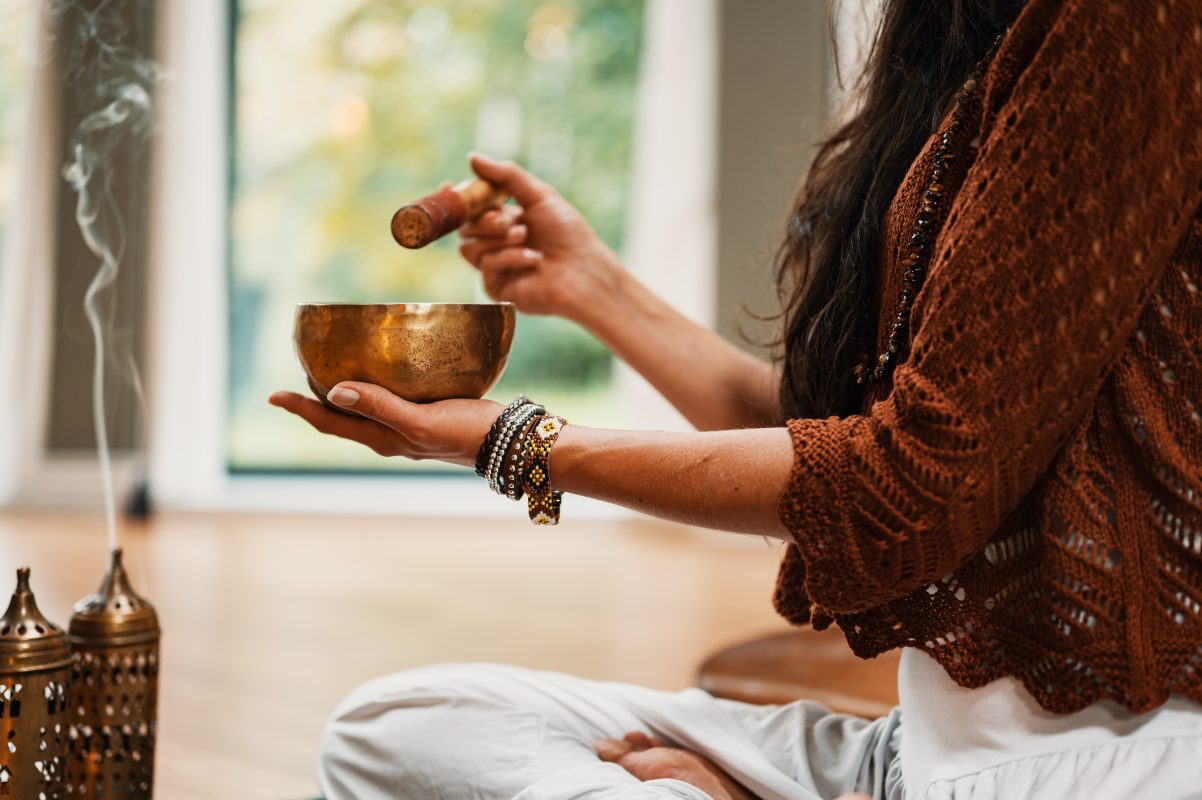
- Meditation: Meditation is a beneficial tool for the mind and the body, but also has religious significance. In religious practices, meditation is a way to connect directly to spirits and gods. And incense is an important aspect of meditation. The aroma keeps us calm and the mind alert. Of all our senses, the smell is the only one to reach our brain directly. This is the reason why pleasant familiar scents can have a lasting impact on our nervous system. Incense helps us focus better and evokes deep emotions.
Burning incense:
To burn incense, you need to first ignite it. For that, you can use a lighter stick or a matchstick. Hold the flame up to the tip of the incense and let it catch fire. After a few seconds, extinguish the fire gently. You can blow on it. A smouldering ember will remain, which will slowly burn itself until it runs out. It will release aromatic compounds.
Clearly, burning incense is a fire hazard. Always remember these things when burning incense:
- Place the burning incense on an incense holder.
- Do not burn too many at a time; too much smoke can be dangerous.
- Keep windows open while and after burning incense.
- Do not leave burning incense unattended.
- Place it away from inflammable objects like paper, dry herbs, and curtains.
- Do not touch the burning incense directly.
Effects on health
There is only limited research and studies done on the health effects of burning incense. Aromatherapy is an ancient practice used for spiritual healing meditational purposes. A smell directly invokes the part of our brain responsible for memory, emotion, and hormone regulation. Different scents trigger different responses in our brain.
With that being said, the smoke from incense can be bad when inhaled for a long period, especially for people with respiratory problems or allergies. That is why it is important to purchase incense made from natural ingredients instead of artificial fragrances. Synthetic incense releases airborne phthalates and parabens which have a negative impact on our hormone levels, cause headaches and skin irritation.
Do your research and buy incense made from essential oils, natural aromatic, and combustible ingredients.
Conclusion:
Incense has been around for a long time. People have used it for different purposes throughout history and in different regions. Most importantly, it holds considerable religious and spiritual importance. It is an important part of religious rituals and prayers. It is said to connect us with our gods and the spirits of our ancestors directly. It also wards off negative energy and evil spirits when burned. The pleasant smell is also used in spiritual healing, meditation, and balancing our chakras. There is a limited conclusion to how it affects our health; but when burned in a small amount, it does mostly good than bad.
Check out the range of aromatic and handmade Incense available at our website himalayanmerch.com:
-
 Sandalwood Incense (Hard Box)$ 25.00
Sandalwood Incense (Hard Box)$ 25.00 -
 Spiritual Healing Incense (Hard Box)$ 25.00
Spiritual Healing Incense (Hard Box)$ 25.00 -
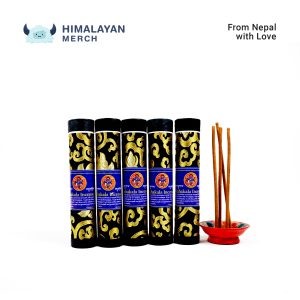 Mahakala Incense (Hard Box)$ 25.00
Mahakala Incense (Hard Box)$ 25.00 -
 Meditation Incense (Hard Box)$ 25.00
Meditation Incense (Hard Box)$ 25.00 -
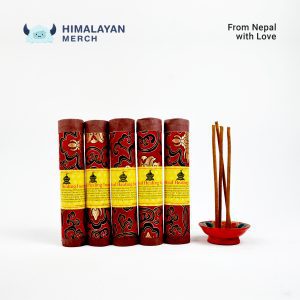 Spiritual Healing Incense (Hard Box)$ 25.00
Spiritual Healing Incense (Hard Box)$ 25.00 -
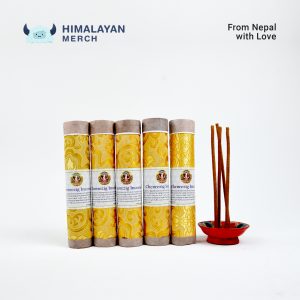 Chenrezig Incense (Hard Box)$ 25.00
Chenrezig Incense (Hard Box)$ 25.00 -
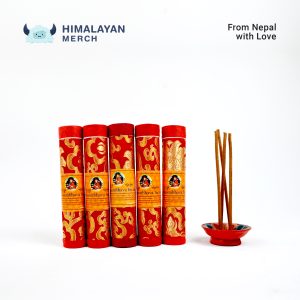 Padmasambhava Incense (Hard Box)$ 25.00
Padmasambhava Incense (Hard Box)$ 25.00 -
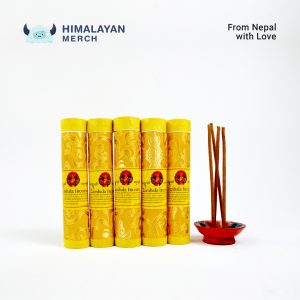 Zamabala Incense (Hard Box)$ 25.00
Zamabala Incense (Hard Box)$ 25.00 -
 Pranayama Incense$ 5.00
Pranayama Incense$ 5.00


